I’ve been admiring rib-eye roasts over the years. I also love the prime rib from which they are made. It has been a secret desire of mine to be able to make my own keto friendly smoked rib-eye roast or prime rib, and when I was in Costco last week, I saw a beautiful roast on sale. Over the last 12-13 years of following a ketogenic life-style, I’ve developed a palate for a good rib-eye or prime rib cut cooked to perfection.
So, what does a man do when shown meat on sale, and his wife is no where to be found?
Yep, you guessed it. . . I’m now the proud owner of a beautiful rib-eye roast.
After much perusing of the various “inter-webby” recipes and smoker recommendations, this is what I came up with.
Out of the package, you can see this marvelous bone-in roast is delightful. (Actually, this is the picture is of the 20 lb roast from the Costco website.) Mine only had four bones and was only 5 lbs, but as a male, when you see this picture, you have to wipe the drool off the corners of your mouth.
I peeled back the excess fat from the meat side and then, I trimmed up the excess fat off the bone for presentation.
Dr. Nally’s Butter Herb Butt Rub
I then created the following butter/herb rub:


- 1 cube of butter
- 2 tablespoons freshly chopped sage
- 2 tablespoons freshly chopped time
- 2 tablespoons freshly chopped rosemarie
- 1 tablespoon parsley flakes
- 10 garlic cloves dices
This is a good time to fire up your smoker or go out and ignite your pellet smoker.


I use a Traeger Select Elite pellet smoker.
For the busy doc, this works nicely for me, and it works as that best grill I’ve ever used as well (but, that’s for another post). I like this because you can purchase various pellet types based on the meat you’re smoking. For a number of my steaks, I like to use the mesquite pellets, however, I picked hickory for this roast. You could use oak or even cherry might be nice. Traeger sells a mixture of woods for those days when you really can’t decide.
For this roast, you want to get your smoker going and up to 275 degrees.
Once my smoker was heated up and set to my desired temperature, I went back into the kitchen and I finished up my rub. The butter was softened for 20 seconds in the microwave and the herbs were all added to the butter and mixed nicely.

 Prepping the Roast
Prepping the Roast
A slice in the rib-eye roast was made every two inches parallel with the bones on top and bottom, and the butter/herb mixture was rubbed onto all sides of the roast, making sure to stuff the incisions in the meat with extra butter/herb mix. Then, my favorite rub was patted liberally all over the roast. The butter gives a nice adhesive for my liberal application of the butt rub of choice.
I’m a huge fan of Bad Byron’s Butt Rub Barbecue Seasoning. It is keto-friendly, one of the few that doesn’t have added sugar, maltodextrin or dextrose that I’ve found (unless you make your own). See my article on sweeteners if you are wondering why this is important.
 Smoker prepped . . . check!
Smoker prepped . . . check!
Keto friendly smoked rib-eye roast prepped . . . check!
Roast has been rubbed down . . . check!
We’re ready!
The roast was placed on the smoker/grill and timer was set for 2 hours. This will put your internal temperature somewhere between 125-135 degrees. I like my rib-eye medium, so I may need to leave it on for an hour longer.
Meat Preparation Temperatures
Unfortunately, no one ever explains this stuff to you, so, I found a nice temperature chart on the ReluctantGormet.com (thanks G. Stephen Jones!) The goal for the meat is to get it to the temperature below when it is served. If the meat is pulled off the smoker around 5 degrees below the temperature listed below, and you give the meat 5-10 minutes to “rest” while covered with some foil, the bone will bring the core temperature to the desired preparation temperature. I’ve modified the list below for my and your easy viewing pleasure here:
|
Rare |
Medium-Rare | Medium |
Medium-Well |
|
| Beef Steaks |
130° |
135° | 145° |
160° |
|
Beef Roasts |
125° | 130° | 145° |
160° |
| Lamb Chop |
130° |
135° | 145° |
160° |
| Lamb Roast |
130° |
130° | 145° |
160° |
| Pork Roast |
130° |
140° |
150° |
|
| Veal Chops |
135° |
145° |
160° |
|
| Veal Roasts |
130° |
145° |
160° |
Adapted from http://www.reluctantgormet.com/meat-doneness-chart
Note: These are NOT USDA recommendations. The USDA temperatures are notably 10-15° higher because of food safety issues, however, many professional chefs are not cooking your medium-rare steak to 150°. You’d send it back in a heartbeat if that were the case.

Next, the cooking process begins. With the smoker pre-heated to 275 degrees, the roast was placed on the smoker, bone side down. I closed the lid . . . and began writing this post.
At the two hour mark, the roast was up to 120 degrees with my old meat thermometer. My next investment will be an instant read digital Thermopro meat thermometer that gives an instantaneous and accurate core temperature of your roast. After cooking this roast, I can see why one would be very helpful.

It actually took 3 hours to reach a core temperature of 140 degrees. It was worth the wait. My wife and daughter are not usally fans of prime rib or rib roast in the past, however, they devoured this. I don’t think I will ever order prime rib again, when I can cook my own that tastes this good.

Why post something like this?
First, smoking meat makes you feel like a man. Seriously, your testosterone feels like it goes up by 50-100 points smoking a good slab of meat. People always ask me what I personally eat on holidays or celebrations. This is a do-able recipe you can add to your file, and your man card.
Second, the preparation for this took me no more than 15 minutes, and I chopped and diced all my own fresh herbs. It would have taken me 3 minutes to do this if I hadn’t used fresh herbs.
Third, This roast cost me $45 at Costco and it will serve eight to ten people (or my family and lots of really yummy left overs for the next week). And, each steak I slice off this roast tastes like I took my family for $60 a-piece steaks at the fancy over-priced steak house down the road . . . I call it “gourmet-keto for the budget conscious.”
Anyway, leave me your comments. And, if you have a favorite smoker recipe. Include Bacon Boy (you can find his printable image in the right side panel) in the picture, and I’ll enter you in a drawing for the next Keto-Cart Kickoff.
Happy New Year!!














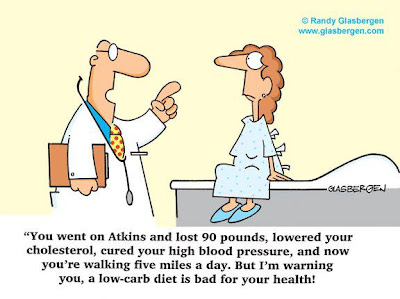


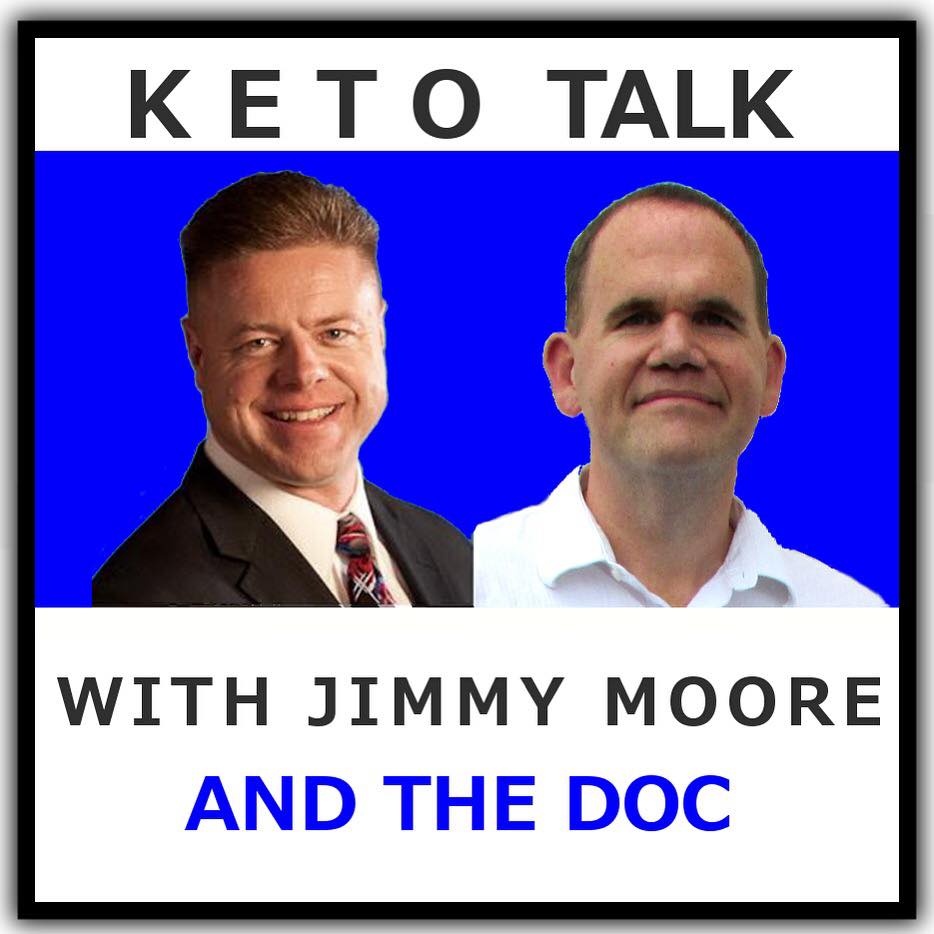

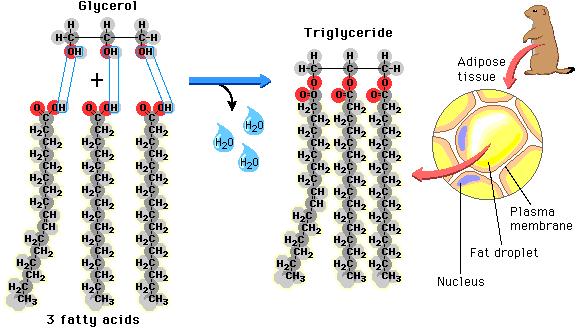 as well as the fat that is found in our food is found in the form of triglycerides. Each triglyceride molecule is made of a “glyceride” (glycerol backbone) and three fatty acids (hence the “tri”) that look like tails. Some of the fat in our adipose cells come from the food we eat, but interestingly, the rest comes from carbohydrates
as well as the fat that is found in our food is found in the form of triglycerides. Each triglyceride molecule is made of a “glyceride” (glycerol backbone) and three fatty acids (hence the “tri”) that look like tails. Some of the fat in our adipose cells come from the food we eat, but interestingly, the rest comes from carbohydrates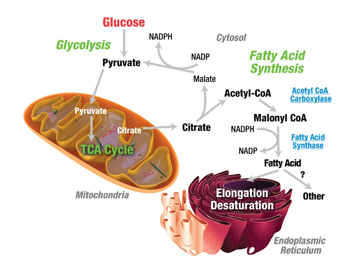
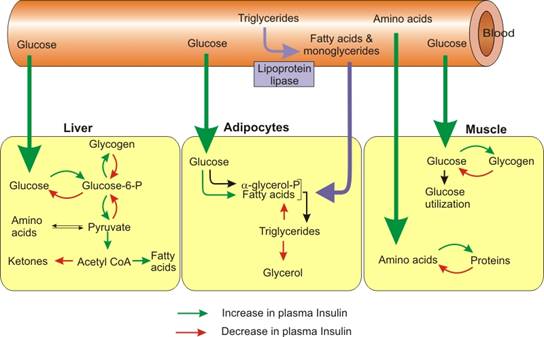 before they can be taken up into the fat cells. The reconstitution of the fatty acids with glycerol is called esterification. Interestingly, the process of lipolysis and esterification is going on continuously, and a ceaseless stream of free fatty acids are flowing in and out of the fat cells. However, the flow of fatty acids in and out of the fat cells depends upon the level of glucose and insulin available. As glucose is burned for fuel (oxidized) in the liver or the fat cell, it produces glycerol phosphate. Glycerol phosphate provides the molecule necessary to bind the glycerol back to the free fatty acids. As carbohydrates are being used as fuel, it stimulates increased triglyceride formation both in the fat cell and in the liver, and the insulin produced by the pancreas stimulates the lipoprotein lipase molecule to increased uptake of the fatty acids into the fat cells (3).
before they can be taken up into the fat cells. The reconstitution of the fatty acids with glycerol is called esterification. Interestingly, the process of lipolysis and esterification is going on continuously, and a ceaseless stream of free fatty acids are flowing in and out of the fat cells. However, the flow of fatty acids in and out of the fat cells depends upon the level of glucose and insulin available. As glucose is burned for fuel (oxidized) in the liver or the fat cell, it produces glycerol phosphate. Glycerol phosphate provides the molecule necessary to bind the glycerol back to the free fatty acids. As carbohydrates are being used as fuel, it stimulates increased triglyceride formation both in the fat cell and in the liver, and the insulin produced by the pancreas stimulates the lipoprotein lipase molecule to increased uptake of the fatty acids into the fat cells (3).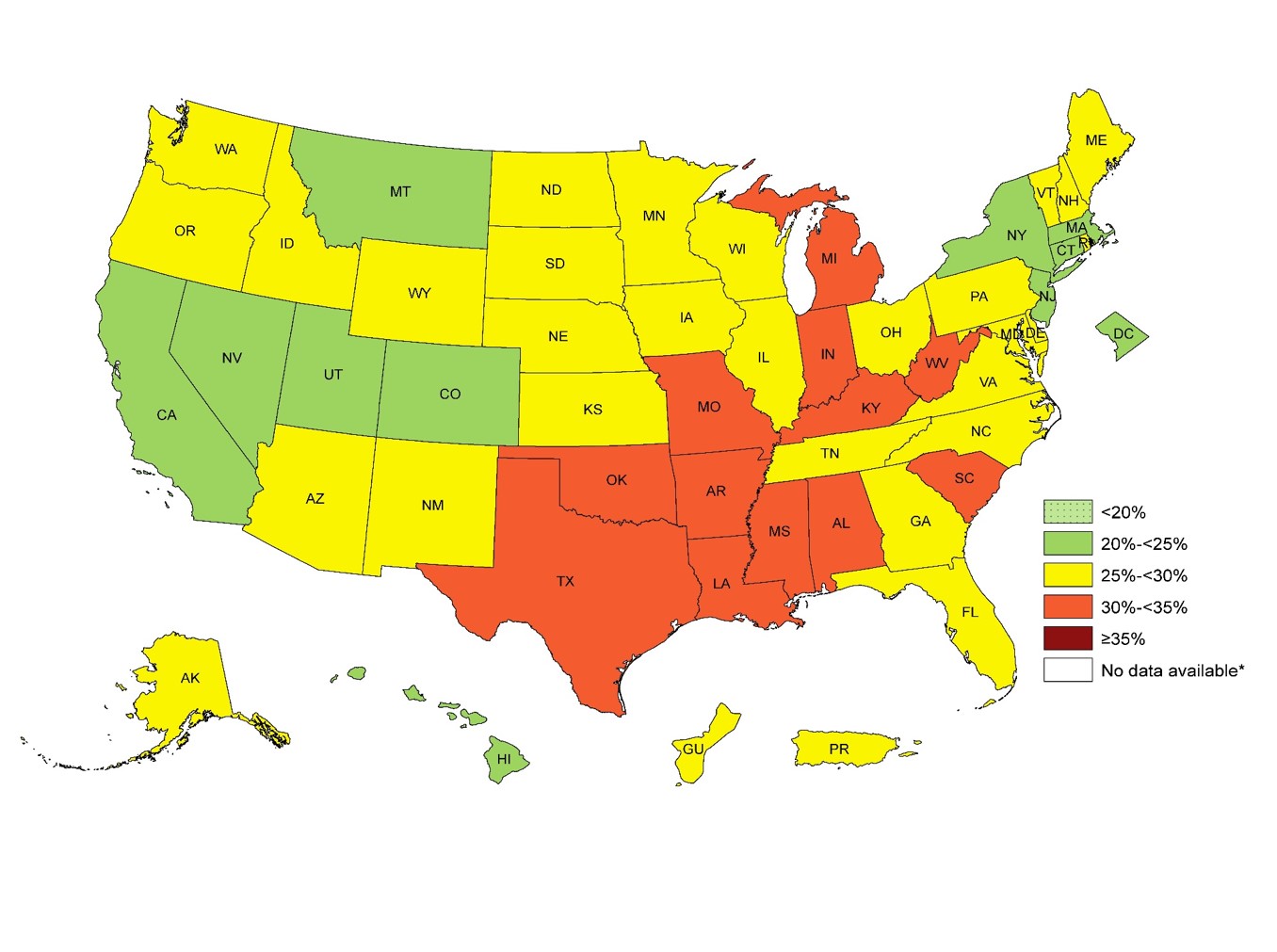





 That something else should be fat. Protein must be moderated, as it will also be stored as fat if you eat too much. So, if the carbohydrates are kept low, fat intake can be increased and the body will pick the fat it wants and essentially throw the rest out without raising cholesterol, causing weight gain or causing heart disease. This is why we want you to use good natural animal fats like butter, hard cheese, olive oil, coconut oil, avocado, etc. Look for fats highest in omega-3 fatty acids as these decrease inflammation and improved weight loss. Look for meats highest in fat like red meat (55% fat) and pork (45% fat). Take the food pyramid and flip it over.
That something else should be fat. Protein must be moderated, as it will also be stored as fat if you eat too much. So, if the carbohydrates are kept low, fat intake can be increased and the body will pick the fat it wants and essentially throw the rest out without raising cholesterol, causing weight gain or causing heart disease. This is why we want you to use good natural animal fats like butter, hard cheese, olive oil, coconut oil, avocado, etc. Look for fats highest in omega-3 fatty acids as these decrease inflammation and improved weight loss. Look for meats highest in fat like red meat (55% fat) and pork (45% fat). Take the food pyramid and flip it over.
 20% of women that I see in my practice who are over 55 years old, need some degree of estrogen replacement before they are able to lose weight. Estrogen plays a very large role in regulation of the metabolism and when deficient, causes weight retention or weight gain. Talk to your doctor about the risks and benefits of estrogen for you individually in this situation.
20% of women that I see in my practice who are over 55 years old, need some degree of estrogen replacement before they are able to lose weight. Estrogen plays a very large role in regulation of the metabolism and when deficient, causes weight retention or weight gain. Talk to your doctor about the risks and benefits of estrogen for you individually in this situation.
























